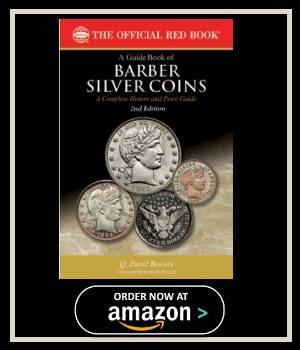The Legacy Behind the Roosevelt Dime
Introduced in 1946, the Roosevelt dime carries more than monetary value—it honors Franklin D. Roosevelt’s lasting impact on American history. His leadership during the Great Depression and World War II cemented his legacy as one of the nation’s most influential figures. After his death in 1945, public sentiment quickly rallied around the idea of a commemorative coin.
Many felt that Roosevelt’s dedication to public welfare—especially through founding the National Foundation for Infantile Paralysis—made the dime a fitting tribute. That same foundation eventually evolved into the March of Dimes, making the coin’s denomination especially symbolic.
Design Elements and Their Significance
Chief Engraver John R. Sinnock crafted the dime’s original design. The obverse features Roosevelt’s profile, conveying strength and dignity. On the reverse, three symbols stand out: a torch for liberty, an olive branch for peace, and an oak branch symbolizing strength. Each detail reinforces the coin’s role as more than just currency—it’s a visual story.
Although widely praised, the coin sparked controversy early on. Some misinterpreted the initials “JS” for Joseph Stalin rather than John Sinnock. These rumors eventually faded, but they added a layer of intrigue to the dime’s launch.
Collectible Value and Historical Relevance
Roosevelt dimes minted before 1965 are composed of 90% silver, making them especially desirable to collectors. These older pieces reflect both historical and intrinsic value. More recent versions still hold interest, depending on condition, mint mark, and year of issue.
Thanks to broad circulation and cultural relevance, the Roosevelt dime remains a numismatic staple. For collectors seeking depth and accessibility, it’s an excellent entry point into U.S. coinage.
Conclusion: A Presidential Legacy in Pocket Change
The Roosevelt dime stands as a miniature monument—small in size but significant in meaning. It reminds us daily of a leader’s courage, resilience, and commitment to public health. Whether found in change or tucked away in a coin folder, each dime continues to tell Roosevelt’s enduring story.
In the wake of his passing, discussions began to surface about a commemorative coin that would pay homage to Roosevelt’s extraordinary leadership. The United States Mint took on the responsibility of designing and minting this tribute, with the renowned American sculptor John R. Sinnock at the helm. At the time, Sinnock held the position of Chief Engraver of the United States Mint, making him the ideal artist to craft this important piece of history.
Sinnock’s design for the Roosevelt dime was a masterpiece in its own right. On the obverse side of the coin, he depicted a left-facing portrait of President Roosevelt, capturing his noble countenance and the strength of character that defined his leadership. On the reverse side, Sinnock incorporated symbolic elements—an olive branch, torch, and oak branch—representing peace, liberty, and strength, respectively. These symbols were not just artistic choices but also profound representations of the values and ideals Roosevelt stood for during his presidency.
The Roosevelt dime was officially released into circulation on January 30, 1946, and it quickly became a cherished memento among the American public. The coin’s popularity was not just a result of its artistic design, but also because of the deep admiration and respect the nation held for President Roosevelt.
From its inception, the Roosevelt dime was composed of 90% silver, which was the standard for silver coinage during that era. This silver content remained consistent until 1965 when changes in the market led to a transition. The rising prices of silver compelled the United States Mint to adjust the composition of the dime. Starting in 1965, the Roosevelt dime was minted with a copper-nickel alloy, which made it more cost-effective and readily available to the public.
The dime’s physical specifications are equally intriguing. It has a modest diameter of 17.9 millimeters and a weight of 2.5 grams. These seemingly unremarkable dimensions are a testament to the meticulous craftsmanship and attention to detail that go into the minting process. The small size of the dime, combined with its enduring design, ensures that it remains a beloved and recognizable part of American currency.






 '
'